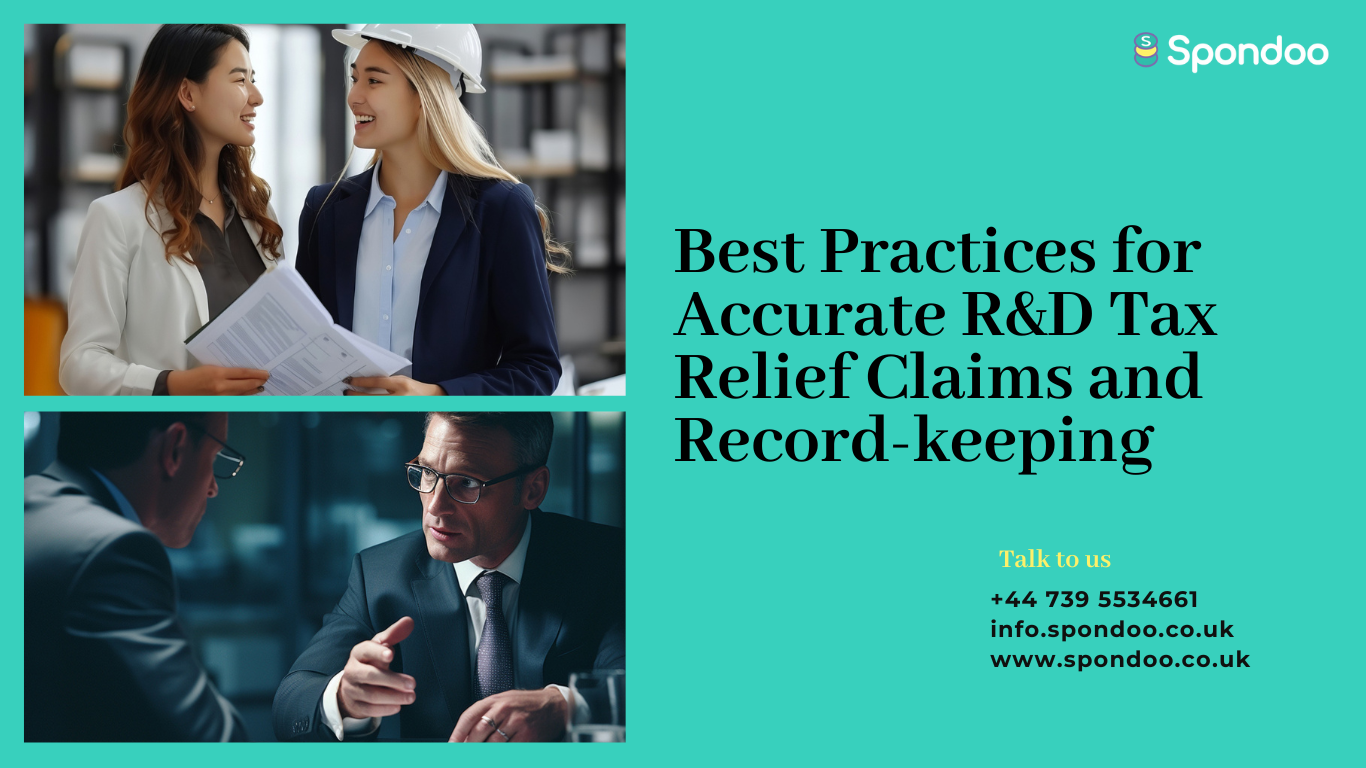
Claiming R&D tax relief can be complex, but planning, documenting, and analyzing can ensure accuracy and compliance with HMRC guidelines. Although following a structured approach isn’t mandatory, it can significantly support your business’s claim validation.
Effective claims often start with early awareness of potential R&D tax relief eligibility. Here are key steps to guide you:
Engage an industry expert to review your project’s qualifications for R&D relief. The expert’s analysis should answer questions like:
Ensure the professional’s opinion includes their credentials, the project’s specifics, and an explanation of the qualifying work. A detailed, written assessment will support the validity of your claim should HMRC request evidence.
Occasionally, R&D projects are identified post-completion. If so, gather information on project activities and associated costs from relevant team members and any available records.
While there’s no need for excessive documentation, maintaining clear and organized records can streamline the claim process. Record details that will help:
Should HMRC review your claim, be prepared to supply evidence supporting the project’s eligibility. Examples of documents include:
Confidentiality Note: HMRC will handle all submitted information securely and in accordance with confidentiality protocols.
Ensuring accurate claims through careful planning, documentation, and validation can make a significant difference. For complex claims, consider consulting HMRC directly or working with a tax adviser to verify accuracy and compliance. Properly organized records will not only streamline future claims but also strengthen your business’s R&D efforts.
Don’t leave money on the table. Our specialized accountants ensure your R&D tax relief claims are accurate, maximized, and hassle-free. Let’s secure your claim and strengthen your innovation.
Contact us today for a consultation and see how our expertise can work for you!
